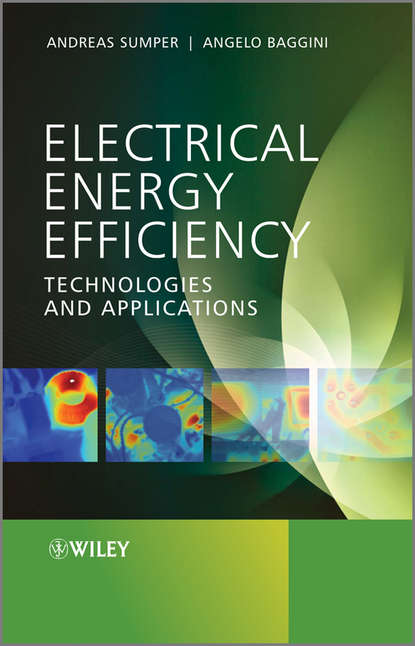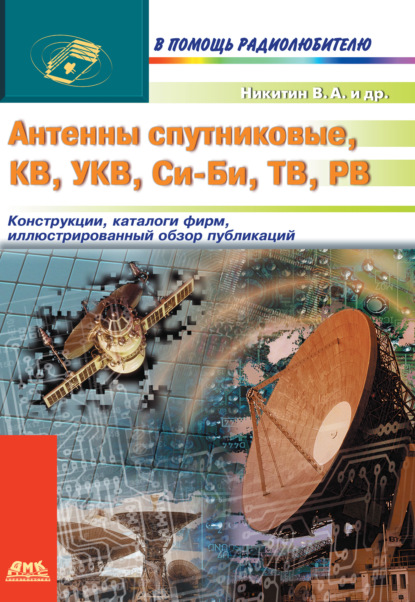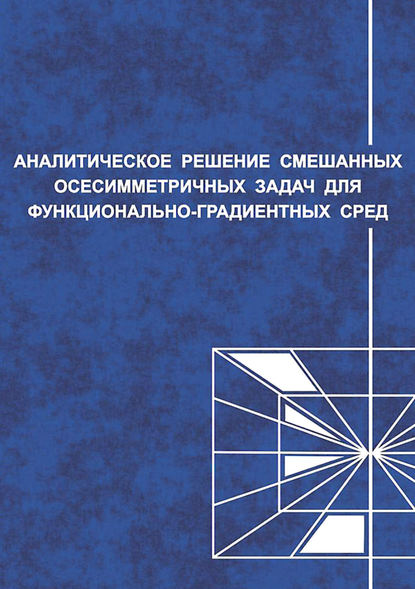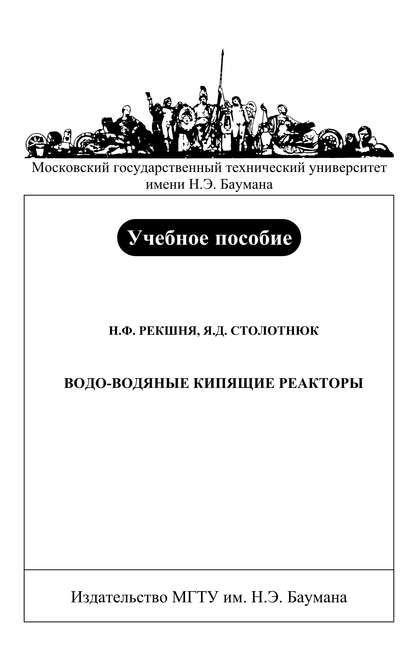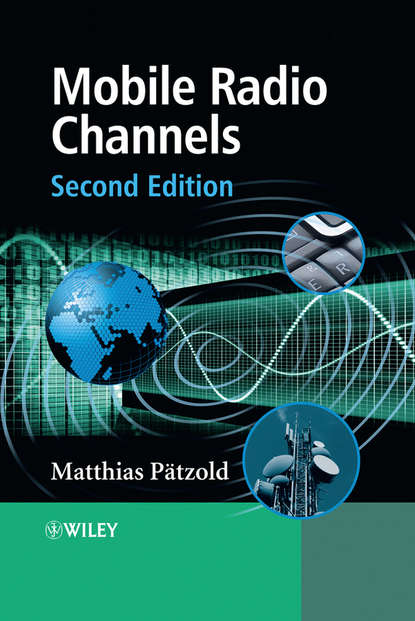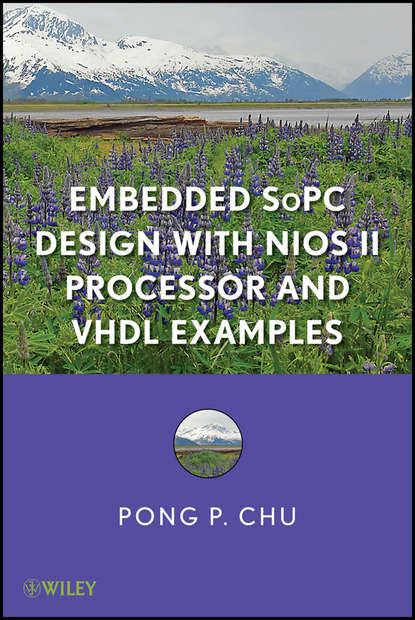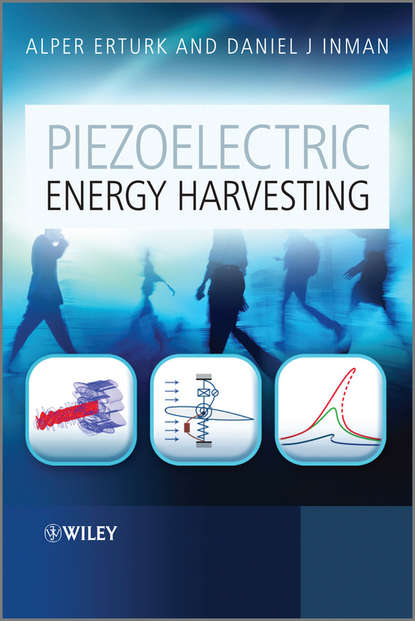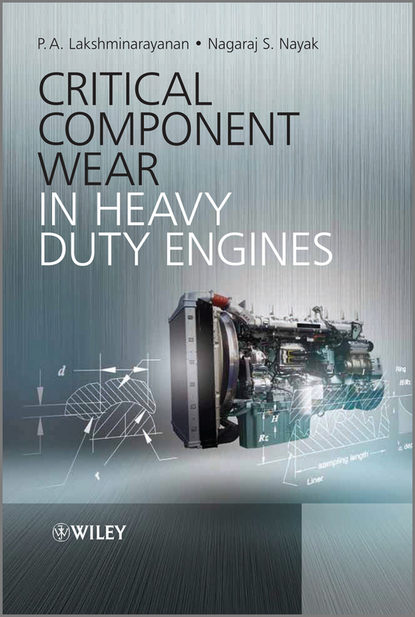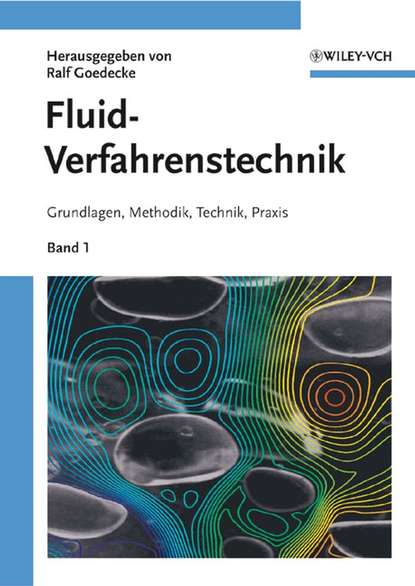Книга "Электроэнергетическая эффективность. Технологии и применение" является одним из наиболее важных и актуальных источников информации по улучшению электроэнергетической эффективности. Она описывает теоретические основы и практические применения, необходимые для решения задач по повышению электроэффективности. Книга охватывает широкий спектр технологий, используемых в области электроэнергетики, включая мониторинг и управление, а также практические методы проектирования, применяемые в промышленных приложениях. В книге описываются стандарты электродвигателей, приводятся примеры, показывающие, как достичь более эффективного проектирования. Кроме того, книга содержит информацию о стандартизации, экономических реалиях и показателях энергоэффективности, а также о качестве и эффективности систем распределения. Книга предназначена для инженеров-электротехников, проектировщиков, менеджеров по обслуживанию и энергетики, а также для исследователей в области энергетики, консультантов, студентов и ученых. С ее помощью читатели смогут ознакомиться с различными технологиями, связанными с электроэнергетикой, а также научиться оценивать эффективность инвестиций в эту область. Книга также будет интересна для политиков и планировщиков в области энергетики.
The improvement of electrical efficiency is increasingly becoming an essential part of sustainable development, supported by political initiatives designed to reduce energy demand and curb environmental damage. Increasingly the focus of industrial companies and electrical engineers' research communities, engineers are turning their attention to analysis, review and potential solutions. Environmental and social challenges associated with electrical efficiency place a premium on diverse and multi-disciplinary methods with stringent controls on cost-effectiveness. In this comprehensive resource on the subject, we present a practical approach to electrical efficiency, combining theoretical principles with practical applications, allowing readers to develop solutions to power efficiency issues. The book covers both capacity furnisher and electricity consumer perspectives, and provides methods for seamless integration of good engineering practices. Key features of the book include: summary of the contemporary technological approaches applied to electrical efficiencies, delineating monitoring and management concepts, as well as application methods employed, particularly in industrial environments; discussion of present standard engineering structures for operations of electrical systems, including account drawings on improvements to design processes; thorough overviews of relevant changes to standardization, technological developments, and economical realities associated with the implementation of electrical efficiences, presenting all of their main characteristics; and especially prominent in considering aspects of the quality and performance of distribution networks (impacts on distribution networks and utilizable purposes, and calculation of electric resistance in distribution cables and power transformers. With rich practical guidance, this resource appeals to practising electrical engineers, system designers, installation designers and energy monitoring system designers among other professional groups. It supplies energy and maintenance managers, administrators and infrastructure conspirators with the important knowledge required to wholly evaluate abundant electrical efficiency strategies for significant investment. We also prepare this resource as a beneficial beginner's guide for electrical scientists, influential legislators, engineering site consultants and advanced engineering undergraduates interested in big ideas associated with power efficiency.
Электронная Книга «Electrical Energy Efficiency. Technologies and Applications» написана автором Sumper Andreas в году.
Минимальный возраст читателя: 0
Язык: Английский
ISBN: 9781119990055
Описание книги от Sumper Andreas
The improvement of electrical energy efficiency is fast becoming one of the most essential areas of sustainability development, backed by political initiatives to control and reduce energy demand. Now a major topic in industry and the electrical engineering research community, engineers have started to focus on analysis, diagnosis and possible solutions. Owing to the complexity and cross-disciplinary nature of electrical energy efficiency issues, the optimal solution is often multi-faceted with a critical solutions evaluation component to ensure cost effectiveness. This single-source reference brings a practical focus to the subject of electrical energy efficiency, providing detailed theory and practical applications to enable engineers to find solutions for electroefficiency problems. It presents power supplier as well as electricity user perspectives and promotes routine implementation of good engineering practice. Key features include: a comprehensive overview of the different technologies involved in electroefficiency, outlining monitoring and control concepts and practical design techniques used in industrial applications; description of the current standards of electrical motors, with illustrative case studies showing how to achieve better design; up-to-date information on standarization, technologies, economic realities and energy efficiency indicators (the main types and international results); coverage on the quality and efficiency of distribution systems (the impact on distribution systems and loads, and the calculation of power losses in distribution lines and in power transformers). With invaluable practical advice, this book is suited to practicing electrical engineers, design engineers, installation designers, M&E designers, and economic engineers. It equips maintenance and energy managers, planners, and infrastructure managers with the necessary knowledge to properly evaluate the wealth of electrical energy efficiency solutions for large investments. This reference also provides interesting reading material for energy researchers, policy makers, consultants, postgraduate engineering students and final year undergraduate engineering students.
